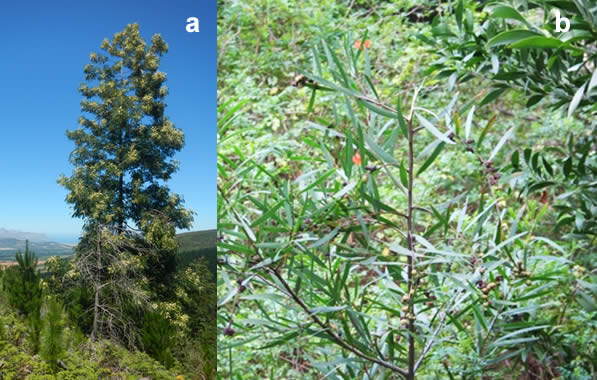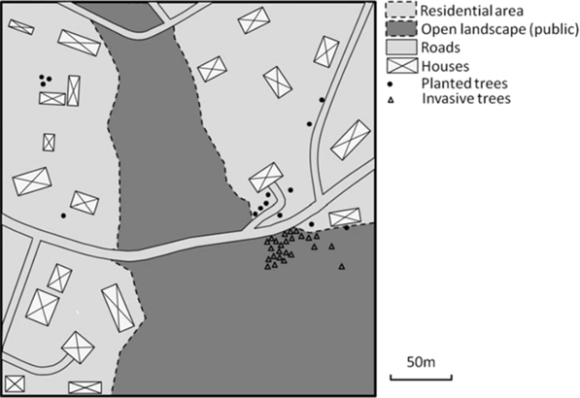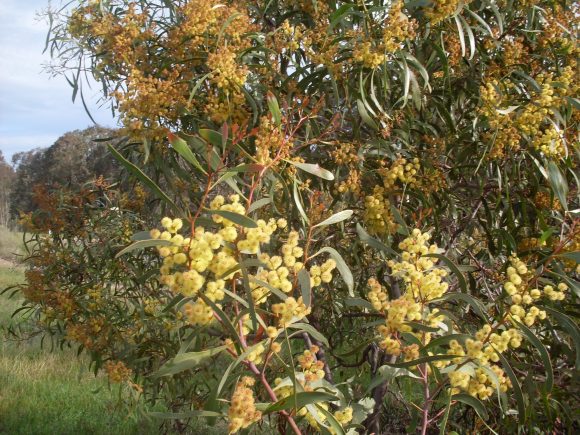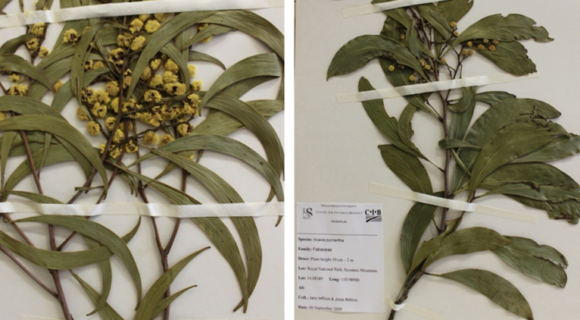11 February 2014 | By Jason Donaldson
Scale-area curves have been used in conservation science as an affordable means of identifying shrinking populations that need protection. Invasions are the result of populations of invasive species that are spreading and becoming dominant in areas to which they have been introduced. As population growth is the opposite of population decline, it has been suggested that scale-area curves could be used to identify growing populations of species that may represent a future invasive threat.
In a recent paper published in the journal Biological Invasions, C·I·B researchers examined the idea of using scale-area curves for identifying key aspects of the ecology of emerging invasive species. Due to the substantial literature on Australian Acacia species, it was possible to use scale-area curves to explore differences in the population structure of two species that were introduced for different human uses and which currently occupy very different distributions.

The study showed that scale-area curves can identify “missing links” or gaps that are limiting the spread of invasive Acacia species. Many of these limitations appear to be linked to the reason for introduction with the human-modified landscape playing a role in the population structure. These gaps can be used to inform managers of the most appropriate management interventions. As such, the study showed that scale-area curves are a useful tool to use when looking for affordable ways of identifying the dimensions and components of invasive spread and how best to management particular invasive species.
Read the paper:
For more information, contact Jason Donaldson at jubatusdnl@gmail.com




